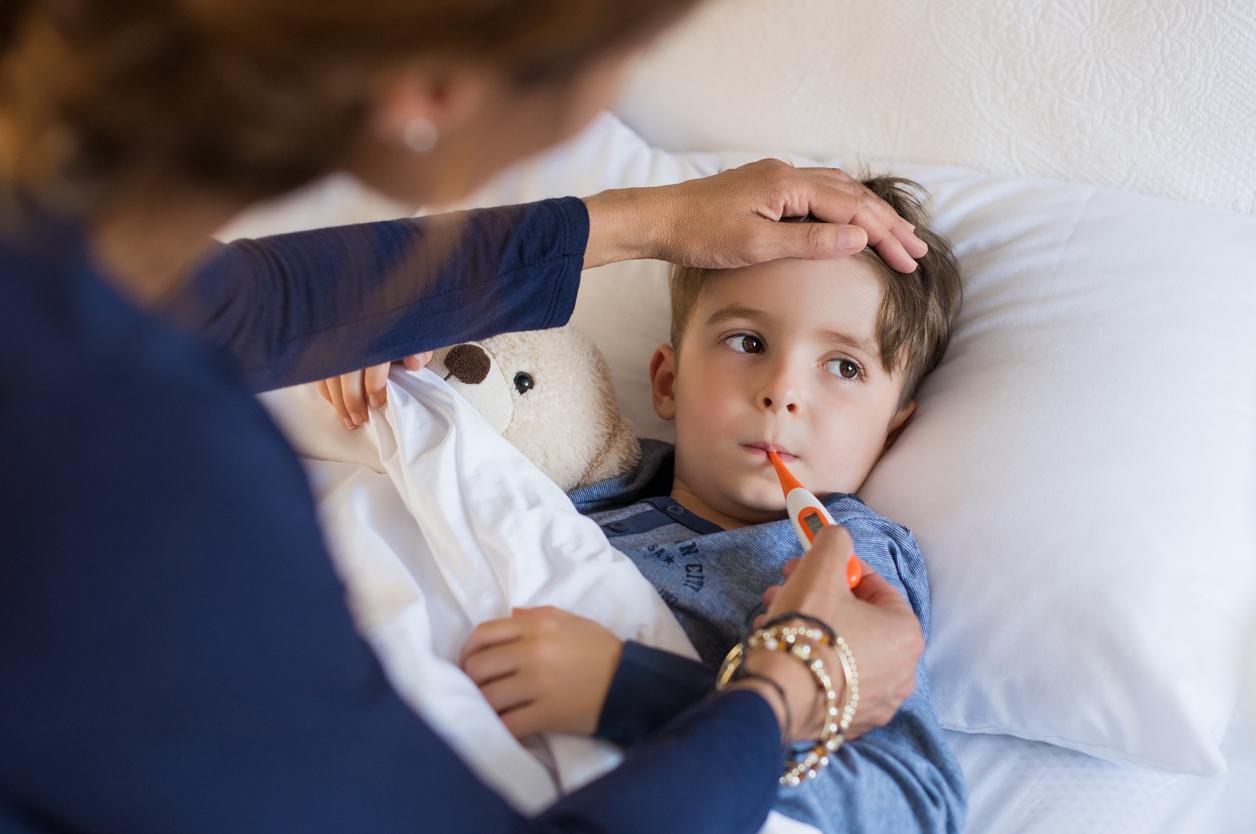While oral health has improved in recent years, dental care awareness is not yet obvious to everyone. Despite free consultations for children and adolescents since 2007, the children of workers are not used to see the dentist regularly. The Drees study found that 8 out of 10 children of executives consulted a dentist during the year compared to only 6 children of workers.
Consequence of this social inequality, if the share of children free from cavities has increased from 12 to 56% in thirty years, the children of workers are those who have benefited the least from this progress. In 2006, 90% of children of managers aged 6 had never had cavities compared to 70% of children of workers.
From kindergarten, the gap widens between social categories since 23% of children of workers have at least one untreated decay, against 4% of children of executives.
According to the DREES, these social inequalities in the use of dental care can be explained by “the lack of knowledge [du dispositif de gratuité] added to the fear of going to the dentist “.
Heavy consequences in adulthood
The absence of regular consultations in childhood can be penalizing in the long term. It can prevent the early identification of dental problems in adulthood, which can “avoid heavy and expensive dental treatment,” says the report. Not to mention that poor oral health can have “serious consequences on the general state of health, both physical and psychological,” continues the study pointing to the risk of cardiovascular and pulmonary diseases, early childbirth and obesity .

















